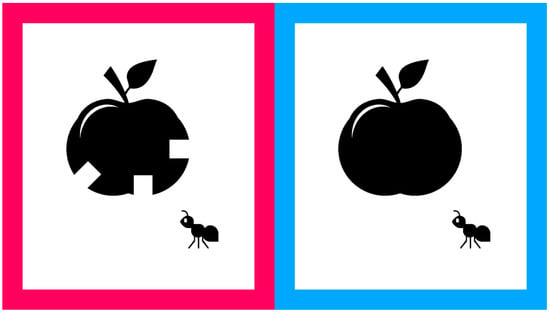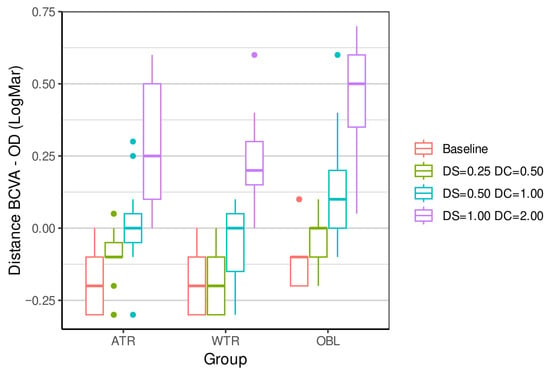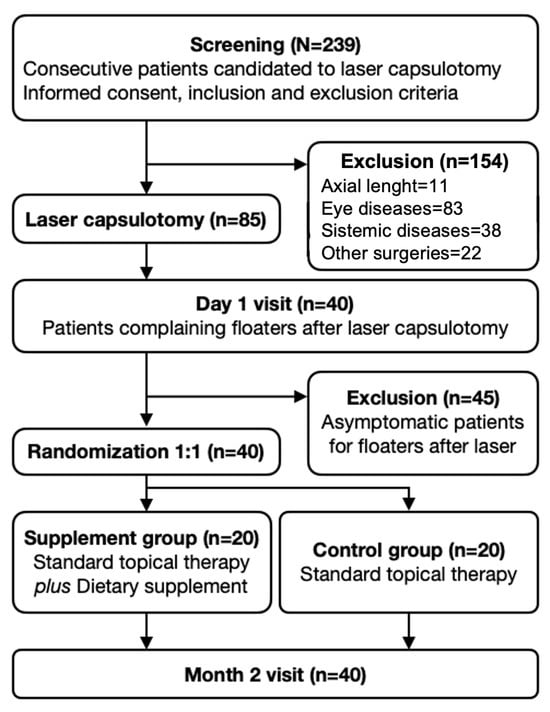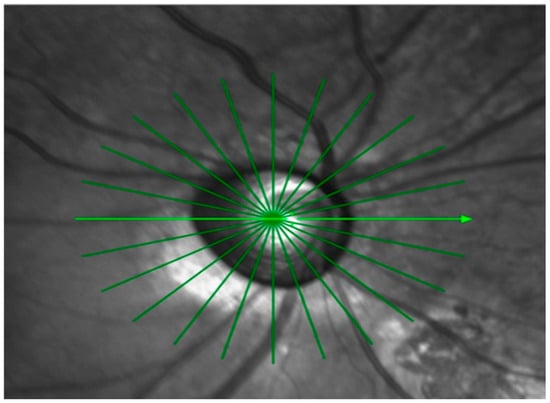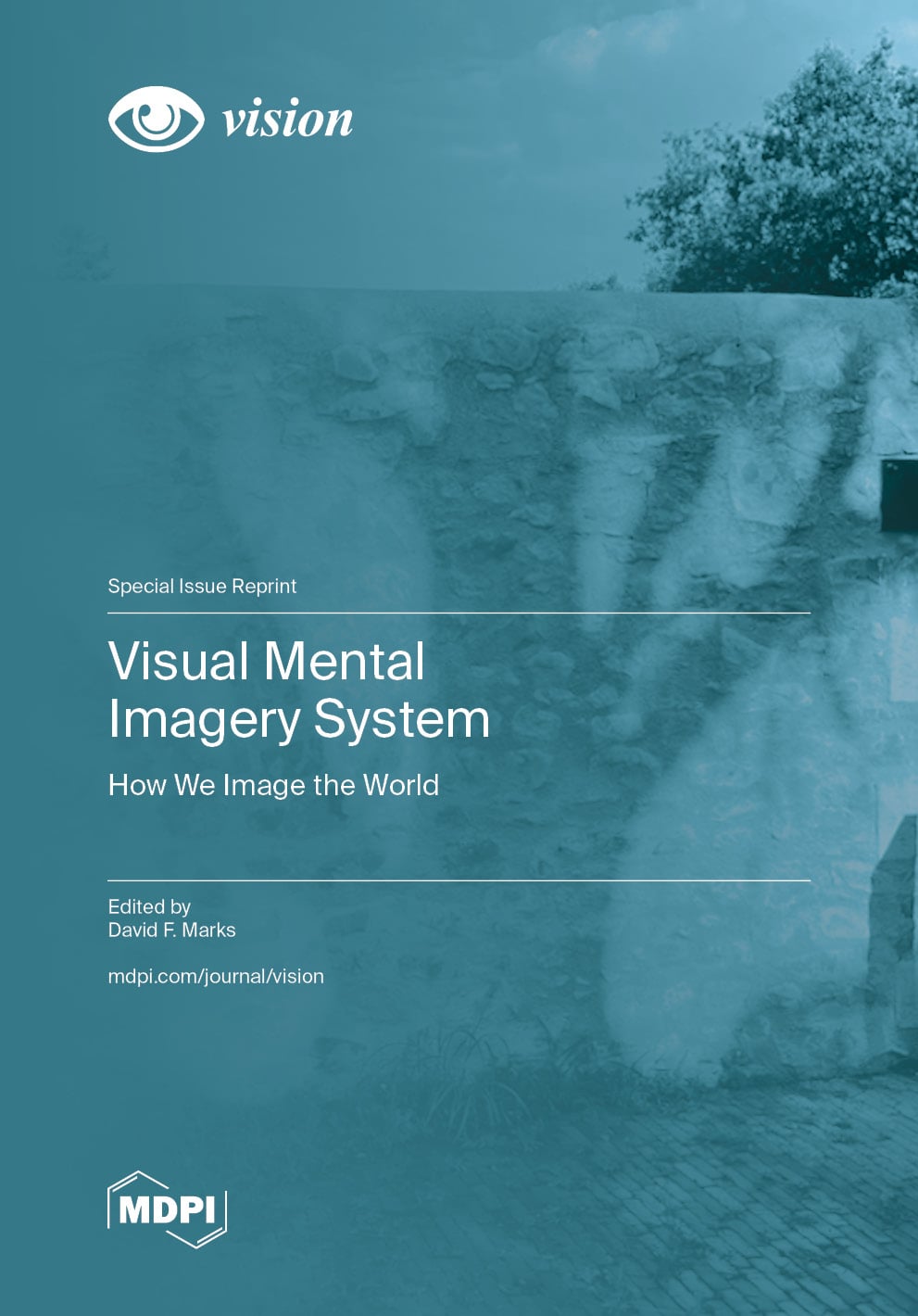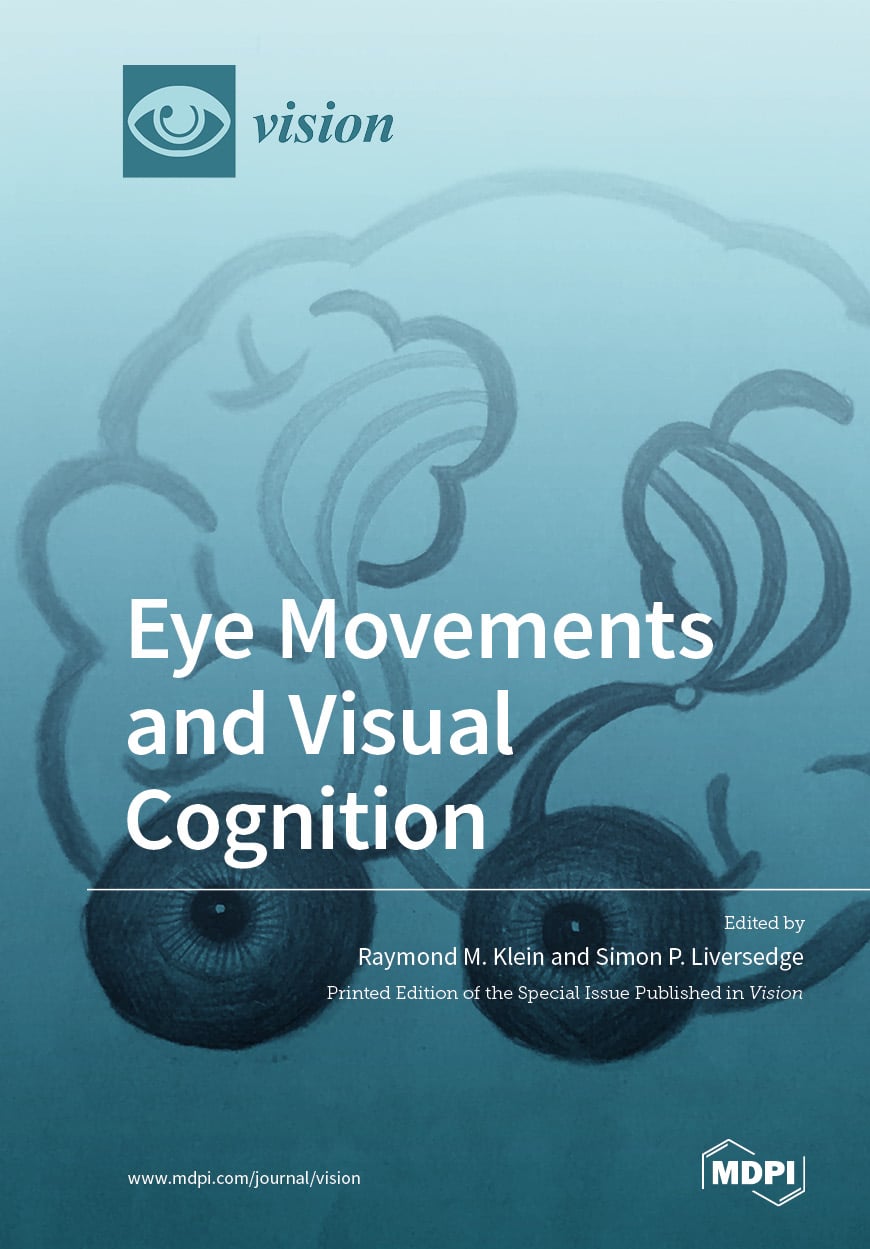- Article
Background/Objectives: Early detection and timely treatment of amblyopia require reliable visual acuity testing in toddlers; however, conventional Landolt ring charts often show poor testability in 2–3-year-old children. Therefore, we aimed to verify the practicality of a new Child-Friendly Minimum-Separable (CFMS) chart for 2–3-year-old children by comparing cooperation rates with the standard Landolt ring visual acuity chart. Methods: A prospective pilot study was conducted on 20 children aged 2 years (30.6 ± 3.2 months) and 20 children aged 3 years (41.8 ± 3.9 months). Right-eye visual acuity was tested in random order using the Landolt ring (four options, 3/5 considered correct) and the CFMS chart (two options, 3/3 considered correct). Test cooperation rates and visual acuity were analyzed. Results: In the 2-year-olds, the cooperation rate was 15% and 75% for the Landolt ring and CFMS chart, respectively (p = 0.0005). Twelve children refused to cooperate with the Landolt ring but cooperated with the CFMS chart; the reverse did not occur. In the 3-year-olds, the cooperation rate was 60% and 90% for the Landolt ring and CFMS chart, respectively (p = 0.031); six children cooperated only with the CFMS chart. The odds ratio for cooperation per additional month of age was 1.34 (95% confidence interval [CI]: 1.12–1.59; p = 0.001) and 1.24 (95% CI: 1.03–1.50; p = 0.026) for the Landolt ring and CFMS chart, respectively. Conclusions: Compared to the Landolt ring, the CFMS chart significantly improves cooperation rates for visual acuity testing in 2−3-year-old children, especially among 2-year-olds.
17 December 2025


